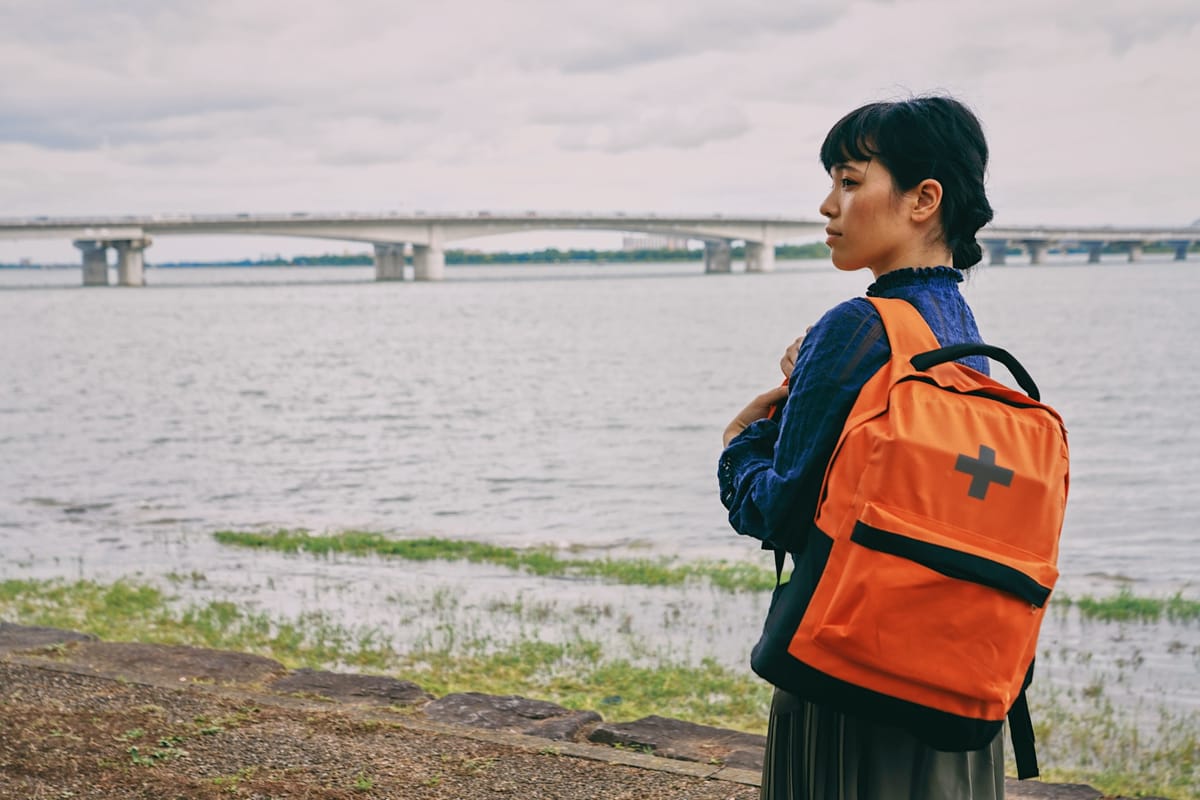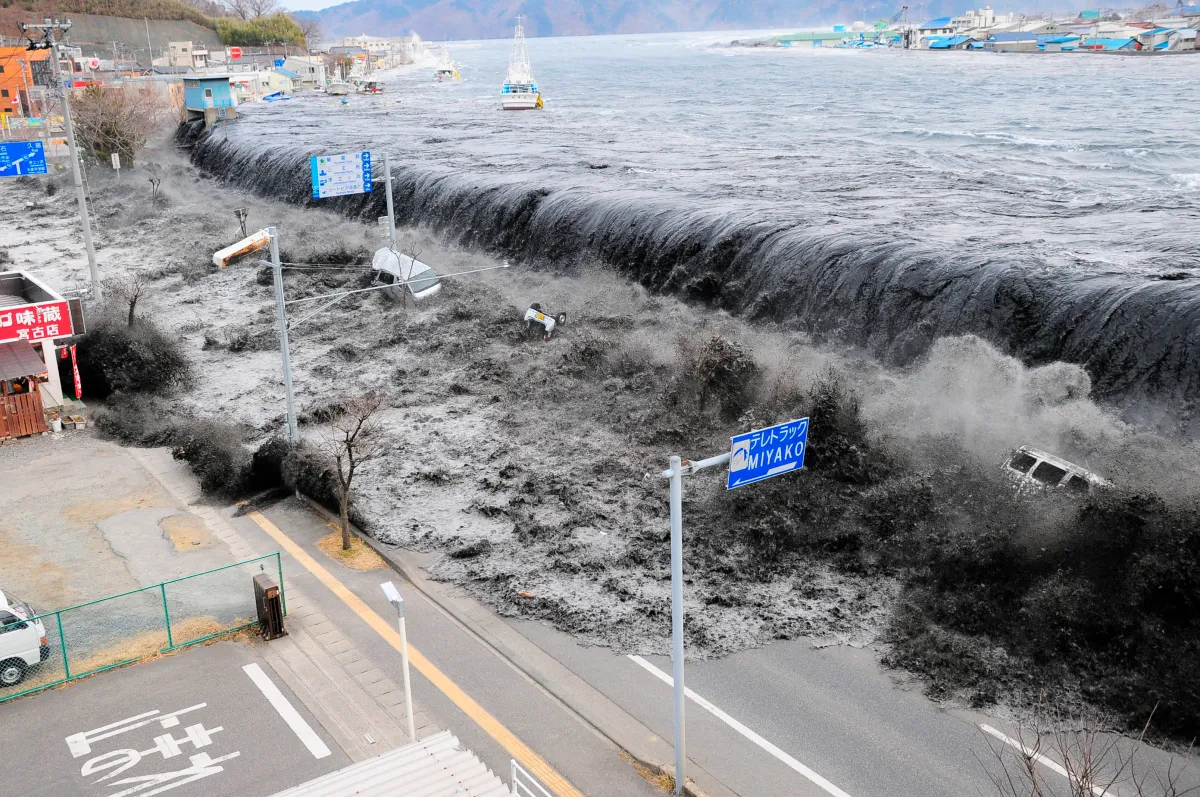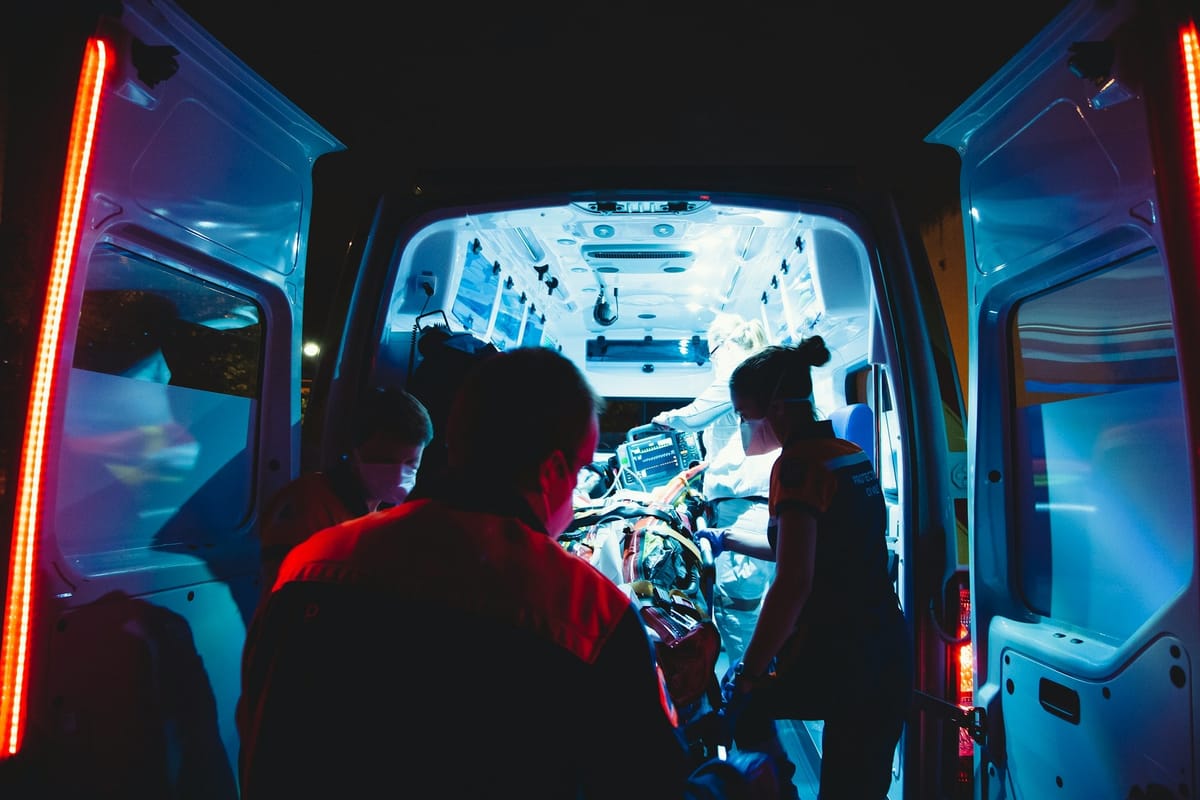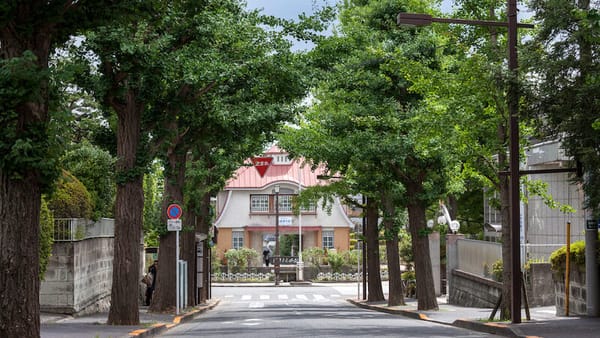Never Do This During an Earthquake in Japan
Clear, expert-backed advice on what never to do during a major earthquake in Japan — from shaking to tsunami safety.

Japan’s unique seismic environment means earthquakes are part of daily life, but the Nankai Trough megathrust earthquake — potentially a magnitude 9 event — presents unprecedented challenges. Whether it’s a magnitude 7 earthquake causing severe shaking or the massive destruction of a magnitude 9, knowing what never to do and how to respond is essential.
Here at Coulecte, we’ve gathered clear, detailed advice specifically for women living in Japan, drawing on expert insights and the latest government recommendations.
First, Understand Earthquake Intensity
The Japanese seismic intensity scale ranges from 0 to 7, with 7 being the strongest shaking possible. To put it simply:
- Intensity 5 and below: You’ll feel strong shaking, but most modern buildings will withstand it with minimal damage.
- Intensity 6: Very strong shaking; unsecured items will fall, and some older buildings may suffer damage.
- Intensity 7: Extreme shaking, enough to cause severe structural damage or collapse in vulnerable buildings.
Magnitude 7 earthquakes often produce shaking at Intensity 5-6, lasting seconds to a minute or two. Magnitude 9 quakes can produce Intensity 7 shaking lasting more than five minutes in some areas, including major urban centers like Tokyo, Osaka, and Nagoya.
Second, Stay Put During Shaking
During the shaking itself, your immediate priority is safety:
Never run outside while the ground is moving. Falling glass, debris, and building facades pose deadly risks.
Take cover under a sturdy table or desk, or crouch against an interior wall away from windows and heavy furniture. Protect your head and neck with your hands or a pillow if possible. Stay indoors until the shaking stops.
Next, Assess Build Safety Immediately
Once the shaking ends, your next step is to quickly assess the safety of your environment.
ForIntensity 5 or below: Look for minor damage such as small cracks or fallen objects. Generally, it is safe to remain inside, but stay alert for aftershocks.
For Intensity 6 or 7 shaking: Check for serious signs of damage and danger such as: (1) Large cracks in walls or ceilings, (2) warping, tilting, or unusual noises from the building (3) Fallen ceiling materials, broken glass, or blocked exits and (4) Smell for gas leaks
If you detect any of these signs or if you received an evacuation order, evacuate the building immediately to an open, safe area.
Will the building I’m in collapse?
You may have heard of the 1982 revision in building code in Japan that ensures that buildings are able to withstand quake intensity 6 to 7 shaking without collapsing, and while that’s the current estimation, in the 2011 Tohoku Earthquake, buildings erected after 1982 also collapsed. This means that there is no real guarantee even for modern buildings, but
- Older or poorly maintained buildings have a higher risk of collapse.
- Even if the building doesn’t collapse immediately, aftershocks can weaken structures, increasing danger of collapse.
- Structural engineers and authorities will inspect and declare buildings safe before allowing re-entry, but this may take days or weeks after a major quake.
For the Nankai Trough megaquake, it’s been officially estimated that 25% of the deaths could come from building collapse. So if you see building damage, evacuate immediately and do not return until official clearance.
Where to Evacuate to
If you're in the city
Tokyo and other large cities designate evacuation grounds (避難所, hinanjo) for people displaced by disasters. These are usually parks, schoolyards and community centers.
- Use your phone to search for 避難場所 (hinan basho) on Google Maps.
- Yahoo!防災速報 (Yahoo! Disaster Alert): Real-time earthquake and weather warnings.
- NHK News & Disaster Alerts: Official government broadcasts.
- Japan Meteorological Agency (JMA) App: Tsunami warnings and seismic info.
If you’re near the coast
- For a tsunami potentially up to 30 meters high — as expected from the Nankai Trough megathrust. Evacuate to buildings at least 3-4 stories (12-15 meters) tall if possible.
- Follow official signs — tsunami evacuation routes are marked with blue arrows and signs showing running figures.
- If no time for apps or maps, immediately move perpendicular and uphill away from the coast
Aftershocks: What to Expect and How to Stay Safe
After a major earthquake, aftershocks can occur for weeks or months, sometimes with magnitudes close to the initial quake.
There is no guarantee of smaller tremors before a big one; some large quakes strike without warning. Aftershocks can themselves cause damage, so always stay cautious. Avoid damaged buildings and monitor official updates.
Recap of What Not to Do During an Earthquake
- Don’t run outdoors during shaking.
- Don’t ignore tsunami warnings.
- Don’t re-enter damaged buildings without inspection.
- Don’t crowd evacuation routes or stairs — stay calm and move efficiently.
- Don’t rely solely on translations or third parties to explain instructions.
Collective Preparedness and Personal Responsibility
In Japan, disaster preparedness is woven deeply into daily life and community culture. The government emphasizes both personal responsibility and collective action — from earthquake-proofing homes to neighborhood disaster drills. International residents benefit greatly by adopting this mindset: staying informed, connecting with neighbors, and participating in local safety efforts.
For more coverage like this and insider tips on life and culture across Japan and beyond, follow us on Instagram @coulecte and YouTube @coulectejapan. Don’t forget to sign up for our newsletter to get curated content delivered straight to your inbox.









